Americans threatening to leave the US has become as passé as overpriced avocado toast. After every election cycle, search engines light up with general queries like ‘Best countries for American expats‘ and more specific ones like ‘How hard is it to move to Portugal?‘ But let’s be honest—most of you never follow through, do you?
But let’s say, against all odds, you’ve finally had enough. You’re ready to pack your emotional support water bottle, slap a ‘Goodbye, America’ sticker on your overworked SUV, and swap political chaos for postcard-perfect bliss.
But where exactly are you planning to escape to? And more importantly, will they even let you in?
The idea of starting fresh abroad sounds delightful—until you’re buried in visa applications, frantically explaining to a Ecuadorian bureaucrat that ‘I sent that form already‘ doesn’t count unless it’s notarised, translated, and filed during the five-minute window when the government office is actually open.
But don’t worry—we’ve done the research (since you clearly haven’t). From affordable paradise spots to overrated expat traps, we’re spilling the tea on where Americans are really fleeing—and what no one tells you until it’s too late.
So, if you’re ready to leave the chaos of the US behind (or at least pretend you’re going to), grab your passport (and possibly a lawyer), and keep reading. We’ve got the brutally honest guide to expat life—bureaucratic nightmares, cultural mishaps, and all.
1. Mexico: Where the Margaritas Are Strong, and the Bureaucracy Is Stronger
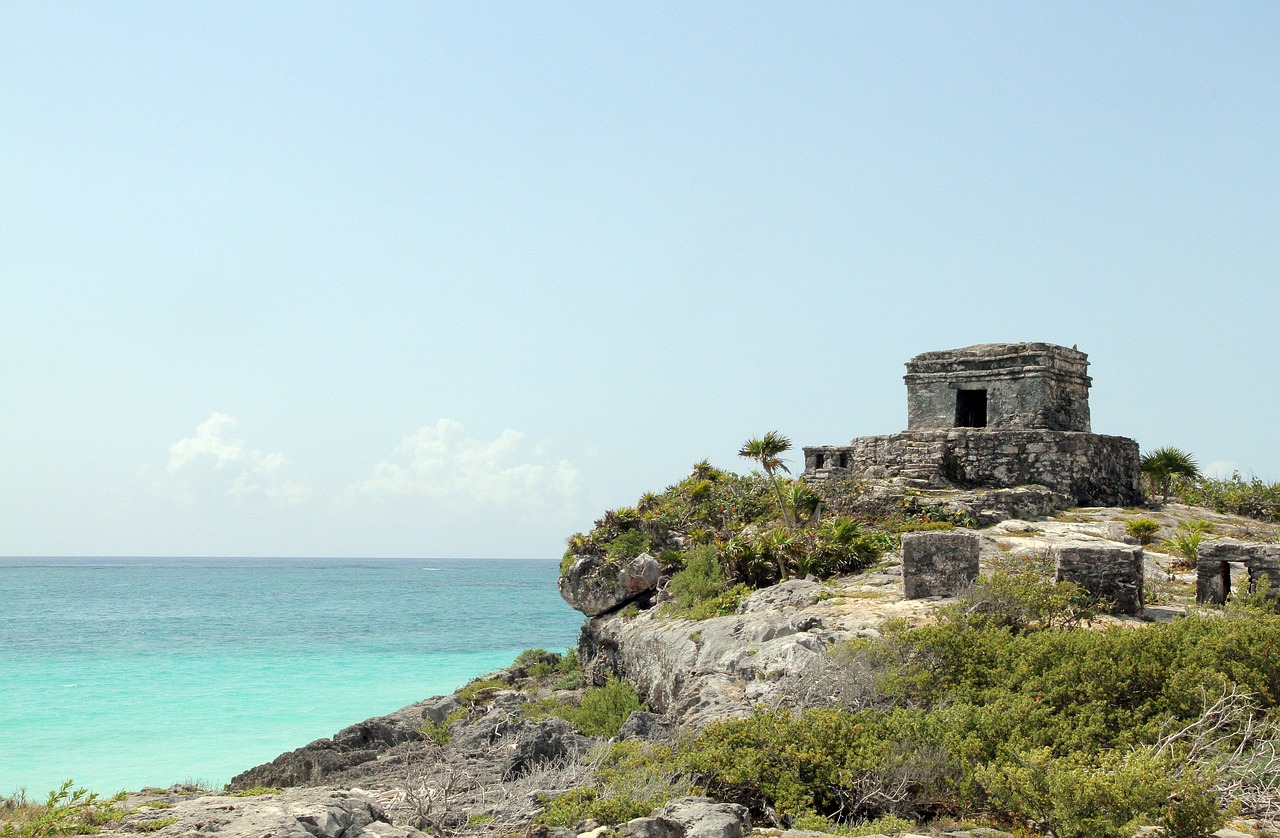
Why Americans are Moving to Mexico
Turns out the ultimate Uno Reverse isn’t in a card game—it’s in Americans heading south of the border. With affordable living, amazing food, and laid-back beaches, Mexico has become a top escape for retirees, remote workers, and digital nomads chasing lower costs and warmer vibes. Who’s crossing the border now?
Pros: What’s Great About Living in Mexico?
- Affordable Cost of Living: Rent, food, and healthcare are a fraction of US prices—just be prepared for occasional ‘gringo pricing’ if you linger too long in tourist hotspots.
- Cultural Richness: Colonial towns, Mayan ruins, and fiestas that seem to last forever—because they basically do. If you’re bored in Mexico, that’s on you.
- Easy Residency: Mexico’s Temporary Resident Visa lets you stay up to four years… assuming you survive the paperwork.
Cons: What Americans Moving to Mexico Forget to Consider
- Bureaucratic Challenges: Think you can just show up with a passport and ‘figure it out’? Cute. Be prepared for immigration offices with limited hours and documents that must be notarised and officially translated,
- Security Concerns: While many areas in Mexico are reasonably safe, others are notorious for crime, especially in regions affected by cartel activity. Popular expat hubs like Mexico City, Mérida, and Oaxaca tend to be safer, while some border towns and remote areas can be riskier.
- Remote Work Realities: Mexico’s internet infrastructure is surprisingly decent in major cities like Mexico City, Mérida, and Guadalajara, with fast, stable broadband widely available. However, in remote beach towns or mountain villages, outages during storms are possible.
How to Move to Mexico
Mexico’s Temporary Resident Visa is your best bet for staying long-term—if you meet the financial requirements. You’ll need to prove a monthly income of around US $4,350 or savings of US $73,200 over the past year. Start by booking an appointment at your local Mexican consulate, gather bank statements, passport photos, and every form you can think of.
For official visa details, visit Mexico’s Instituto Nacional de Migración (INM) website.
2. Portugal: Where Expats Find ‘Affordable Paradise’… Until It’s Not
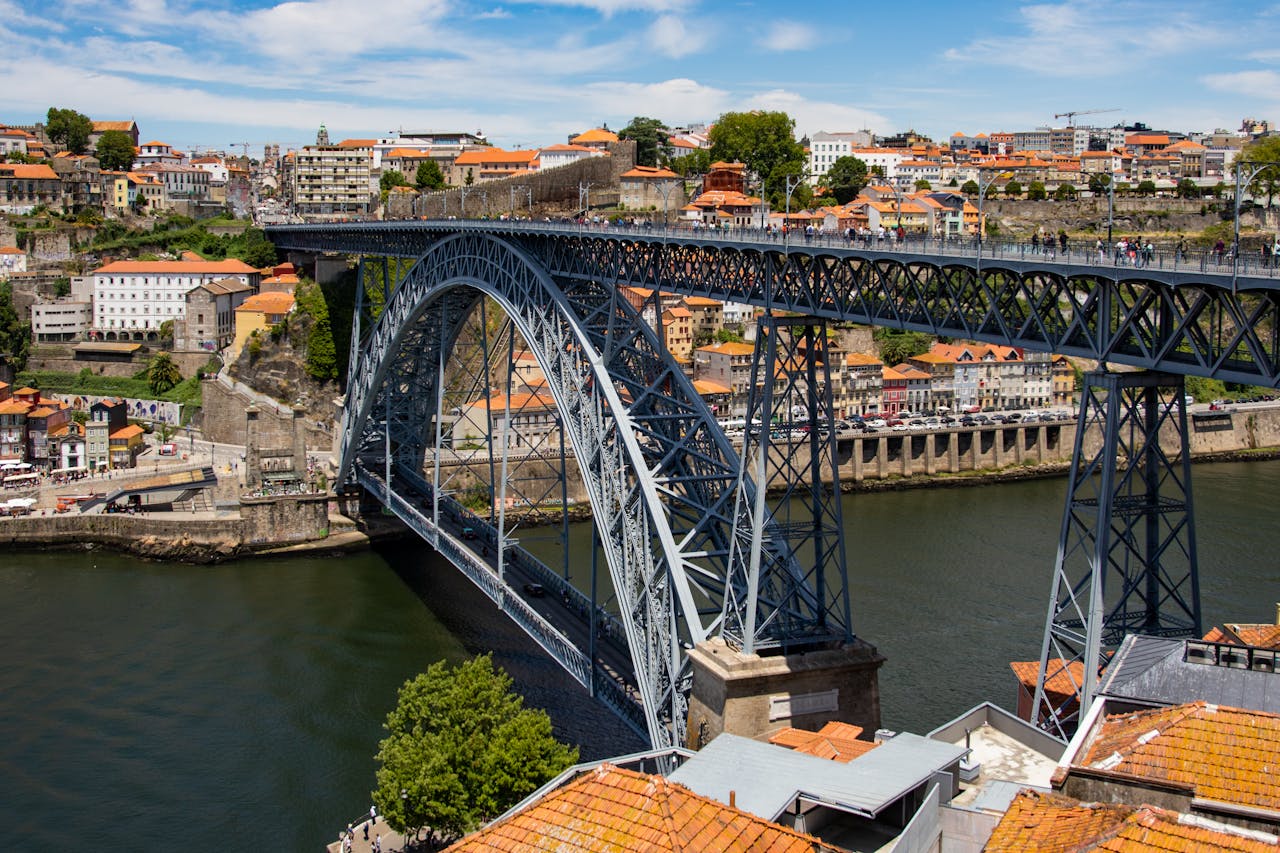
Why Americans are Moving to Portugal
What’s not to love? Year-round sunshine, stunning coastlines, and pastéis de nata for breakfast, lunch, and dinner. Americans have been flocking here faster than locals can raise Lisbon’s rent prices. Portugal’s reputation for being affordable, safe, and culturally rich makes it a prime expat destination—but affordable is getting questionably relative these days.
Pros: What’s Great About Living in Portugal?
- Affordable (For Now): Portugal still offers a lower cost of living compared to the pricier US cities. Although a one-bedroom in Lisbon runs about $1,000–$1,500 USD, smaller towns like Braga or Coimbra remain more budget-friendly at $600–$900 USD. Just don’t expect those prices to last if you keep telling your friends about it.
- Laid-Back Lifestyle: Think long lunches, late dinners, and plenty of time for coffee breaks. Locals call it ‘desenrascar’—the art of ‘figuring things out’ without stress.
- Healthcare That Won’t Bankrupt You: Portugal’s public healthcare system is affordable and high-quality. Private insurance starts around $50–$100 USD per month, making health-related ‘surprises‘ much less terrifying than in the US.
- Golden Visa (For the Wealthy Few): Until recently, Portugal’s Golden Visa program attracted expats with deep pockets, offering residency in exchange for investments. While the program has recently been scaled back, there are still options for investors and retirees.
Cons: What Americans Moving to Portugal Forget to Consider
- Bureaucratic Labyrinth: Expect long waits, endless forms, and appointments that mysteriously vanish from the system. Portuguese bureaucracy is a rite of passage—think the DMV but with more stamps and less clarity.
- Rising Housing Costs: The secret is out. Lisbon and Porto are now pricey expat hubs, with housing demand outpacing supply. Locals are increasingly frustrated, so be prepared for some anti-expat sentiment in certain neighbourhoods.
- Job Market Reality Check: Unless you’re a remote worker or retired, jobs paying US-level salaries are rare. Many expats freelance or start businesses—but good luck navigating self-employment tax laws.
- Language Barrier (Outside the Big Cities): English is common in Lisbon and Porto, but smaller towns? Brush up on Portuguese or prepare for some charades.
How to Move to Portugal
Portugal’s D7 Visa is ideal for retirees and digital nomads. You’ll need proof of stable passive income (about €8,460/year per person) or sufficient savings to qualify. However, if you’ve got €280,000+ burning a hole in your wallet, you can invest in real estate or business projects to secure residency—though recent restrictions have narrowed property investment zones.
Pro Tip: Get a Portuguese lawyer and don’t assume you can figure out the system on your own—it’s charmingly complex in ways only Portuguese bureaucracy can be. For official information on Portugal’s D7 Visa and Golden Visa programs, please refer to the following resources:
Detailed information is available on the Portuguese Ministry of Foreign Affairs’ National Visas page.
3. Italy: Dreams of Pasta, Prosecco, and 200-Year-Old Plumbing

Why Americans are Moving to Italy
Italy isn’t just a vacation fantasy—it’s the ultimate expat daydream. Think Renaissance art, historic towns, and fresh pasta so good it makes you emotional. Whether you’re chasing the €1 home schemes or plotting your under-the-Tuscan-sun escape, Italy promises La Dolce Vita—as long as you’re ready for historic plumbing from the 1800s.
Pros: What’s Great About Living in Italy?
- Cultural Bonanza: Every cobblestone street leads to ancient ruins, masterpiece-filled museums, or food festivals celebrating things like garlic or truffles—because Italy. Your Instagram feed will never recover from the beauty overload.
- Incredible Food and Wine: Farm-to-table? In Italy, it’s just called eating. Fresh pasta, artisan cheeses, and local wine are everyday luxuries—and sometimes cheaper than bottled water (although do still keep hydrated).
- Housing Bargains (If You’re Brave): Sure, €1 homes exist—but so do €100,000 renovation bills. If you’ve ever thought, ‘How hard can a total home restoration be?’ Italy is here to test that optimism—mercilessly.
- Affordable Healthcare: Italy’s public healthcare system is shockingly affordable and actually works. Private insurance costs around €100–€200/month, making medical ‘surprises’ less financially ruinous than in the US.
Cons: What Americans Moving to Italy Forget to Consider
- Endless Red Tape: Italy’s bureaucratic system is confusing and stunningly analogue. Think mandatory in-person visits, stamped forms, and office hours straight out of a 1950s sitcom. Hire a local attorney—or prepare to spend the next three years wondering if your paperwork ever made it out of the fax machine.
- Job Market Reality: Unless you’re remote-working, retired, or independently wealthy, high-paying jobs are rare. Freelancing or starting your own business is often the best bet—just be ready for tax codes as complicated as a Da Vinci invention.
- Old Homes, Old Problems: Those charming 17th-century villas come with 17th-century heating systems and plumbing solutions that are more creative than functional. If you’ve ever romanticised fixer-uppers, welcome to reality.
- Language Barrier: In touristy cities like Rome or Florence, English is somewhat common—but good luck finding a plumber in rural Tuscany who speaks anything but dialect-heavy Italian. Google Translate might help, but probably not when bathroom is flooding.
How to Move to Italy
Italy’s Elective Residence Visa is ideal for retirees or non-working expats. You’ll need to show proof of passive income (about €31,000/year for singles) or hefty savings. The process involves intimidating amounts of paperwork, financial proof, and many in-person appointments—because emailing forms is just too modern.
Self-employed expats can try applying for a Freelance Visa (Lavoro Autonomo) or the Start-Up Visa, though paper trails and process delays come standard.
Pro Tip: If you’re Italian by ancestry, you might qualify for citizenship through Jus Sanguinis—but be ready for years of waiting, a forest of paperwork, and complex legal hoops.
For official details, visit the Italian Ministry of Foreign Affairs.
4. Malaysia: Where Expats Live Like Kings (on a Hawker Stall Budget)

Why Americans are Moving to Malaysia
If you’re chasing year-round warmth, modern conveniences, and ridiculously good street food, Malaysia (specifically Penang) is hard to beat. It’s a tropical escape with a low cost of living, excellent healthcare, and English-speaking locals. You’ll find historic colonial charm and modern condos—often at half the price of similar destinations. Just be prepared for tropical storms and the occasional reptile roommate.
Pros: What’s Great About Living in Malaysia?
- Affordable Luxury Living: Rent for a modern, sea-view condo in Penang can run as low as $600–$1,200 USD/month. A full meal at a hawker stall costs less than $3. If you ever wanted to live like a reality TV millionaire on a tight budget, this is your place.
- World-Class Healthcare: Malaysia’s private healthcare system ranks among the best in Asia, with English-speaking doctors and high-quality facilities at a fraction of US prices. A routine doctor visit costs about $20–$50 USD, while private insurance starts around $50–$100 USD/month.
- Cultural Melting Pot: Malaysia’s mix of Malay, Chinese, and Indian cultures creates a vibrant cultural scene, especially in Penang, with festivals, temples, and multicultural cuisine. Food lovers, prepare for constant food comas.
- Easy Residency for Expats: Malaysia’s MM2H (Malaysia My Second Home) visa program offers long-term residency if you meet income and savings requirements. You can buy property, open businesses, or just retire in comfort—without complicated paperwork (for once).
Cons: What Americans Moving to Malaysia Forget to Consider
- Tropical Weather 24/7: If ‘hot and humid’ sounds dreamy, you’ll fit right in—but expect sticky summers and monsoon rains that flood streets faster than you can say ‘extra roti canai.’
- Driving Chaos: Traffic laws are more like suggestions, and motorbikes seem to materialize out of thin air. Driving defensively isn’t optional—it’s a survival skill.
- Cultural Adaptation Required: While English is widely spoken, local customs like dress codes in temples and social etiquette might take some getting used to. Leave your ‘flip-flops everywhere’ mindset at the beach.
How to Move to Malaysia
Malaysia’s MM2H (Malaysia My Second Home) program is expat-friendly, offering renewable 10-year residency visas to retirees, investors, and business owners. Applicants must show proof of monthly income (about $2,300 USD) or savings of $84,000 USD, depending on age.
Pro Tip: If the MM2H program feels too complicated, consider working with a local immigration consultant. And remember: In Malaysia, the best business meetings happen over chicken satay and iced kopi.
For official visa details, visit Malaysia My Second Home (MM2H).
5. Denmark: Where Hygge is Real and so are the Taxes
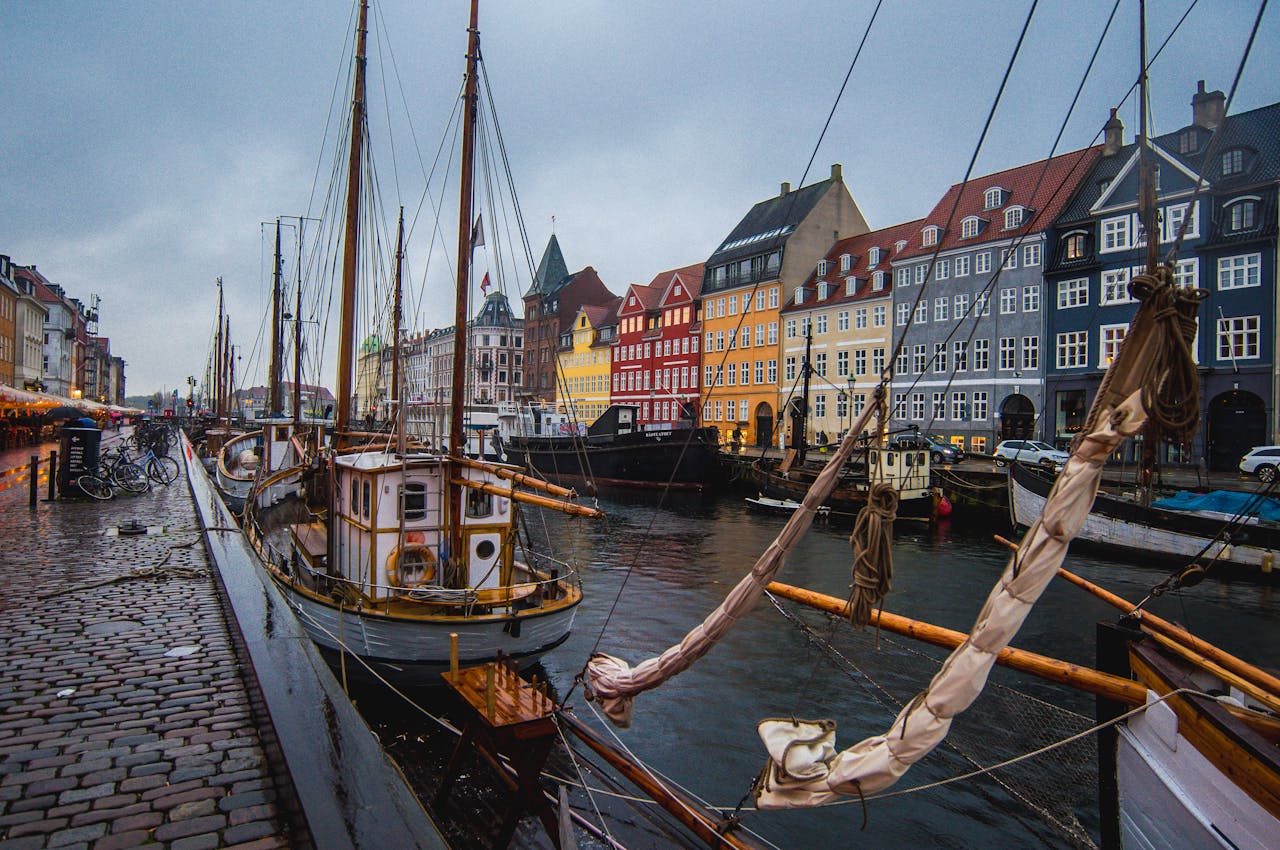
Why Americans are Moving to Denmark
Denmark consistently ranks as one of the happiest countries on Earth, thanks to its stunning design, high quality of life, and that perhaps overused Danish concept called ‘Hygge‘ (we’ve already written an article about that). Americans chasing a well-balanced lifestyle are swapping stressful commutes for bike rides by the sea. But make no mistake—all that happiness comes with a hefty tax bill.
Pros: What’s Great About Living in Denmark?
- Work-Life Balance That’s Actually Real: In Denmark, ‘working late’ is considered a failure, not a badge of honour. 35-hour workweeks and mandatory paid vacations will leave your former US colleagues questioning all their life choices.
- Green Living & Cycling Culture: In Copenhagen, bikes outnumber cars. The country’s eco-friendly infrastructure makes it easy to be sustainable, whether you’re cycling to work or recycling your craft beer cans.
- Safety and Stability: Denmark is one of the safest countries in the world, with low crime rates, excellent healthcare, and social services that actually work. You might even start forgetting to lock your bike.
- Cultural Coolness: Think world-class museums, Michelin-star restaurants, and cutting-edge design studios. Whether it’s a minimalist chair or a five-course tasting menu, Denmark’s vibe is ‘cool, effortless, and shockingly expensive.’
Cons: What Americans Moving to Denmark Forget to Consider
- Sticker Shock: Denmark is eye-wateringly expensive. Rent, food, and entertainment will have you checking your bank account twice, especially in Copenhagen—a city where a latte costs more than your first car payment.
- Taxation Reality Check: Denmark’s income taxes can hit up to 55%, but you’ll get world-class public services in return. Just remember: free healthcare isn’t really free when half your paycheck is missing.
- Brutal Winters: Dark, freezing winters can be tough on newcomers. You’ll need warm clothes, light therapy lamps, and an unhealthy relationship with cinnamon buns to survive from November to April.
- Reserved Social Culture: Danes are friendly but reserved. Making local friends might feel like unlocking a secret society, but once you’re in, you’ve got loyal companions for life. Until then, expect polite distance at social gatherings.
How to Move to Denmark
Americans can apply for Denmark’s Work Visa through the Positive List (for high-demand jobs) or the Pay Limit Scheme, which requires a job offer with a minimum salary of around $64,000 USD/year.
Self-employed expats can apply for the Startup Denmark Visa, if they can convince the Danish Business Authority that their business idea is innovative and economically viable.
Pro Tip: If you’re studying in Denmark, you can work part-time while on a student visa and potentially transition to full-time residency after graduation.
For official details, visit the Danish Immigration Service.
6. Belize: Where English Is Official, and So Is ‘Island Time’
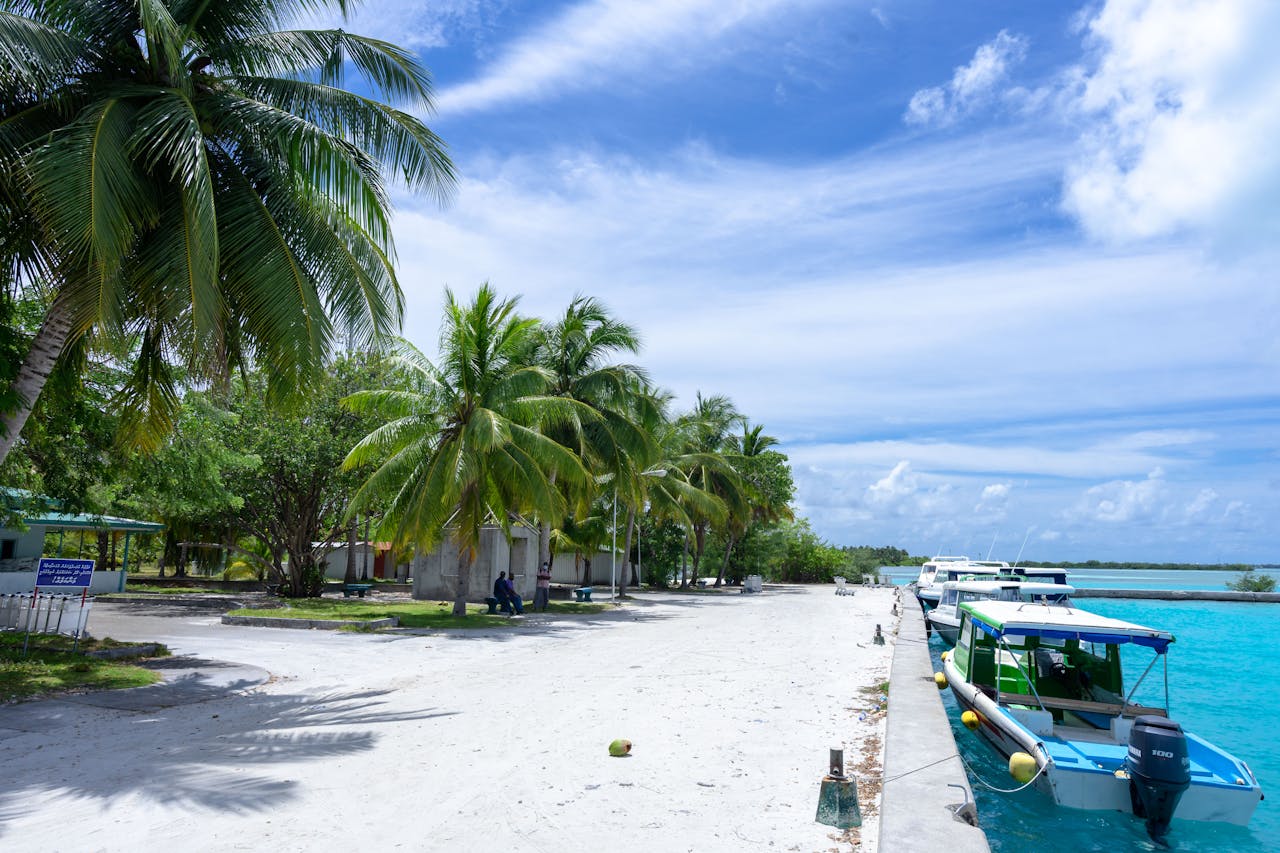
Why Americans are Moving to Belize
If ‘Caribbean vibes’ and ‘no language barrier’ top your expat wishlist, Belize might be calling your name—slowly, because everything runs on ‘island time.’ With stunning beaches and expat-friendly laws, Belize offers a relaxing escape that’s close to the US but feels like a world away. Just be prepared: paradise comes with mosquitoes and imported goods priced like luxury items.
Pros: What’s Great About Living in Belize?
- English is the Official Language: No awkward language barrier—unless you count understanding locals’ laid-back slang.
- Low Residency Barrier: Belize’s Qualified Retirement Program (QRP) lets retirees settle with minimal paperwork, offering tax exemptions and the ability to import personal goods duty-free.
- Tropical Beauty Everywhere: Think turquoise waters, world-class diving, and lush rainforests. Belize is home to the famous Great Blue Hole, making it a diver’s paradise—or your worst nightmare if you’re terrified of deep water.
- Close to the US: Direct flights from major US cities get you to Belize in just a few hours, making visiting family and friends relatively easy.
Cons: What Americans Moving to Belize Forget to Consider
- High Cost of Imports: While local produce and seafood are affordable and abundant, imported goods like cheese, wine, and electronics can be pricey due to import taxes and shipping fees. If you can’t live without your favourite international brands, be ready to pay a premium—or learn to love local alternatives.
- Healthcare is Basic: While private clinics are decent for routine care, major health issues may require travelling to Mexico or back to the US. Medical evacuation insurance isn’t just smart—it’s practically a requirement.
- Mosquitoes and Humidity: Tropical life comes with extreme humidity and bug battles. Consider mosquito spray your new best friend—second only to air conditioning.
- Island Time is Real: Life in Belize runs on its own unhurried schedule, where appointments are suggestions and deadlines are flexible. ‘Mañana’ culture doesn’t always mean ‘tomorrow’—sometimes it means ‘eventually… maybe.’
How to Move to Belize
Belize’s Qualified Retirement Program (QRP) is expat-friendly, requiring proof of $2,000 USD monthly income from pensions, Social Security, or passive income. Applicants must be at least 45 years old, live in Belize for at least one month per year, and prove their financial stability.
Investors can also apply for permanent residency by spending one continuous year in Belize while proving they can support themselves. However, property ownership doesn’t automatically grant residency—something real estate agents forget to mention.
For official residency details, visit the Belize Immigration Department.
7. Ecuador: Where Every Day Is Spring… Until the Bureaucrats Arrive

Why Americans are Moving to Ecuador
Affordable living, eternal spring-like weather, and gorgeous Andean landscapes have made Ecuador a rising star among expats. Whether you’re dreaming of a colonial home in Cuenca, beachfront property in Salinas, or a remote jungle escape, Ecuador’s charm lies in its diverse landscapes and surprisingly low costs.
Pros: What’s Great About Living in Ecuador?
- Affordable Cost of Living: A couple can live comfortably for around $1,500–$2,000 USD per month, including rent, groceries, utilities, and dining out.
- Mild Weather Year-Round: Ecuador offers ‘eternal spring’ in cities like Cuenca and Loja, thanks to its location near the equator and high elevation. No snow, no hurricanes—just pack a light jacket for cool evenings.
- Retiree-Friendly Perks: Ecuador’s retirement visa program is one of the best in the world, offering permanent residency with minimal income requirements. Retirees even get discounts on flights, utilities, and healthcare.
- Nature Lover’s Paradise: From the Amazon rainforest and Andean peaks to the Galápagos Islands, Ecuador is a biodiversity hotspot. If you can’t find an outdoor activity here, you’re probably allergic to fun.
Cons: What Americans Moving to Ecuador Forget to Consider
- Bureaucratic Challenges: Be ready for paperwork adventures. Residency applications and visa renewals involve multiple office visits, ever-changing rules, and forms you didn’t know existed until someone insists they do. Expect to ‘come back tomorrow’—many times.
- Infrastructure Gaps: While expat hotspots like Cuenca and Quito have solid infrastructure, rural areas can feel like a step back in time. Reliable internet and utilities may depend on whether the town’s power grid is in the mood to work.
- Healthcare Quality Varies: While private healthcare in cities like Quito and Cuenca is high-quality and affordable, smaller towns may lack specialists and advanced services. Bring your expat insurance if you want access to the best facilities.
- Language Barrier (again): Spanish is a must for daily life—English speakers are common only in expat-heavy areas. If you think Google Translate will carry you through, just wait until you try explaining a ‘weird noise coming from the sink’ to your plumber.
How to Move to Ecuador
Ecuador’s Retirement Visa requires proof of a monthly income of at least $1,275 USD from a pension or similar source. If you’re not retired, consider the Professional Visa (for degree-holders) or the Investor Visa, which requires a $40,000 USD investment in Ecuadorian property or a bank deposit.
Pro Tip: To navigate the process, hire a local attorney or work with a visa facilitator. Ecuador’s rules change frequently, so official guidance is a moving target. For official visa requirements, visit the website of the Ecuador Ministry of Foreign Affairs.
8. New Zealand: Where Billionaire Expats Go to Escape the End of the World (Literally)
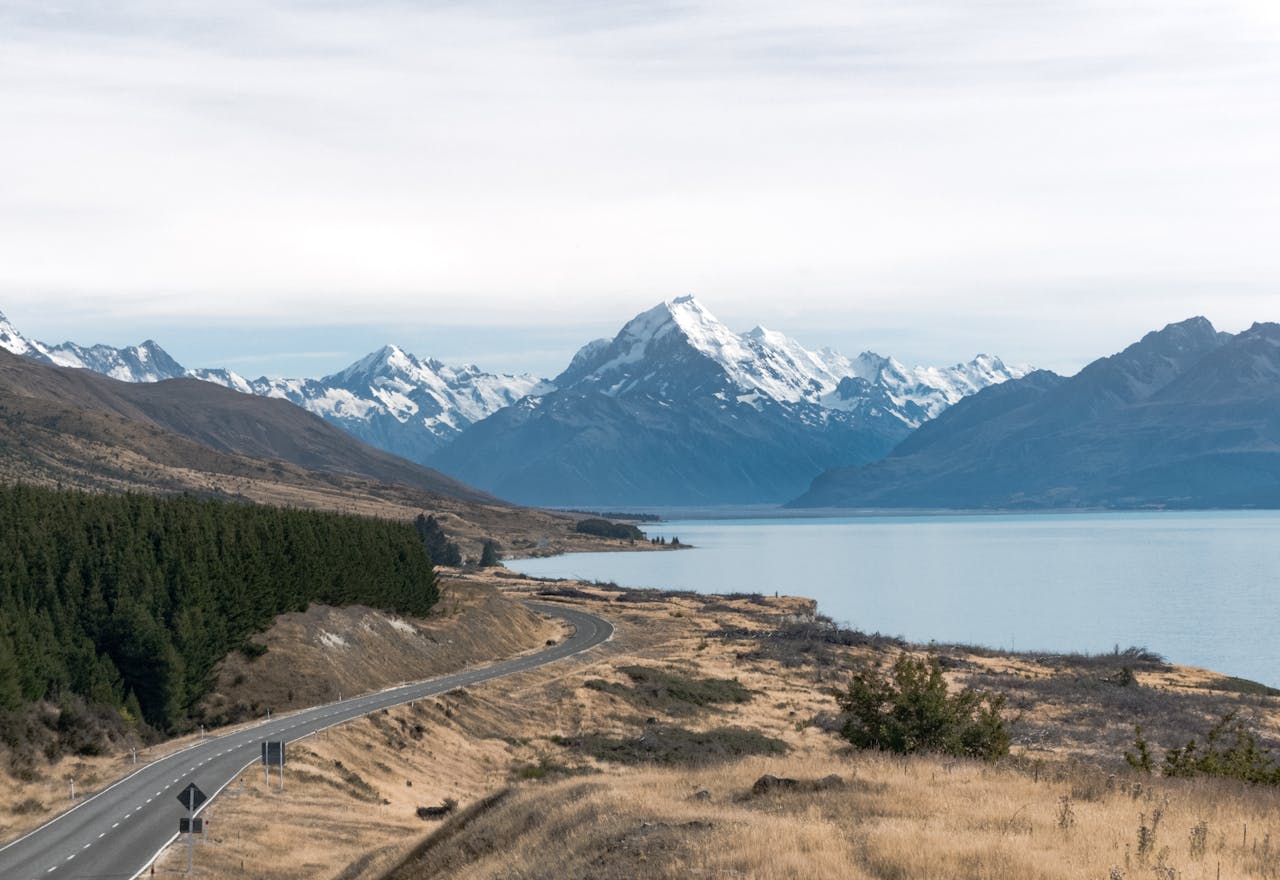
Why Americans are Moving to New Zealand
Without exaggeration, New Zealand is unmatched when it comes to jaw-dropping landscapes, adventurous lifestyles, and political stability. It’s where billionaire doomsday ‘preppers’ build fortified bunkers, while regular expats chase a life filled with epic hikes, rugged coastlines, and world-class wines. If you can survive the strict visa process and sky-high housing prices, you just might find your Middle-earth fairy tale—minus the orcs.
Pros: What’s Great About Living in New Zealand?
- Unparalleled Nature: Think glacier-fed lakes, towering mountains, and wild forests. You’ll spend your weekends feeling like you accidentally wandered into a nature documentary.
- Outdoor Lifestyle: If you love hiking, surfing, or skiing, New Zealand is basically adventure paradise. National parks are everywhere, and weekend getaways are practically mandatory.
- Friendly, Laid-Back Locals: Kiwis are genuinely welcoming, easygoing, and outdoor-obsessed. Be polite, respect the environment, and learn to appreciate rugby—you’ll fit right in.
- Political Stability: With low corruption, strong institutions, and universal healthcare, New Zealand feels remarkably sane in today’s chaotic world. No wonder tech billionaires keep building bunkers here.
Cons: What Americans Moving to New Zealand Forget to Consider
- Housing Prices: Home prices in cities like Auckland and Wellington are absurdly high. Renting is expensive and competitive, especially if you’re dreaming of that secluded cliffside retreat.
- Isolation Is Real: New Zealand isn’t just ‘far away’—it’s really far away. Trips to the US can take over 13 hours by plane, so you’ll learn to love video calls and celebrate holidays on your own schedule.
- Weather Mood Swings: You’ll experience four seasons in a single day, especially in places like Queenstown. Bring layers, rain gear, and acceptance.
- Strict Visa Rules: Getting in isn’t easy. New Zealand’s Skilled Migrant Visa is highly competitive, and entrepreneurs need serious business plans and investment capital to stand a chance.
How to Move to New Zealand
For skilled workers, New Zealand’s Skilled Migrant Visa offers a path to residency, but you’ll need a job offer, qualifications, and points-based eligibility.
Entrepreneurs can apply for a Business Visa, but only with significant capital and a viable business plan that benefits the local economy.
If you’re young and adventurous, consider New Zealand’s Working Holiday Visa, letting you work and travel for up to 12 months.
For official details, visit the New Zealand Immigration website.
Final Wrap-Up: Ready to Pack—or Just Procrastinating at Work?
Congratulations—you’ve survived this unfiltered guide to the best expat destinations for Americans in 2025. Whether you’re seriously plotting your escape or just pretending to research while avoiding emails, remember: Paradise comes with paperwork. Every dreamy expat haven has its bureaucratic traps, unexpected costs, and cultural quirks waiting to test your patience.
A Brutally Honest Reality Check:
Planning a move? Already living abroad? Or just here for the sarcasm-fueled travel tips? Drop us a comment below and share your expat stories, best tips, or worst visa nightmares—we promise not to judge (much).
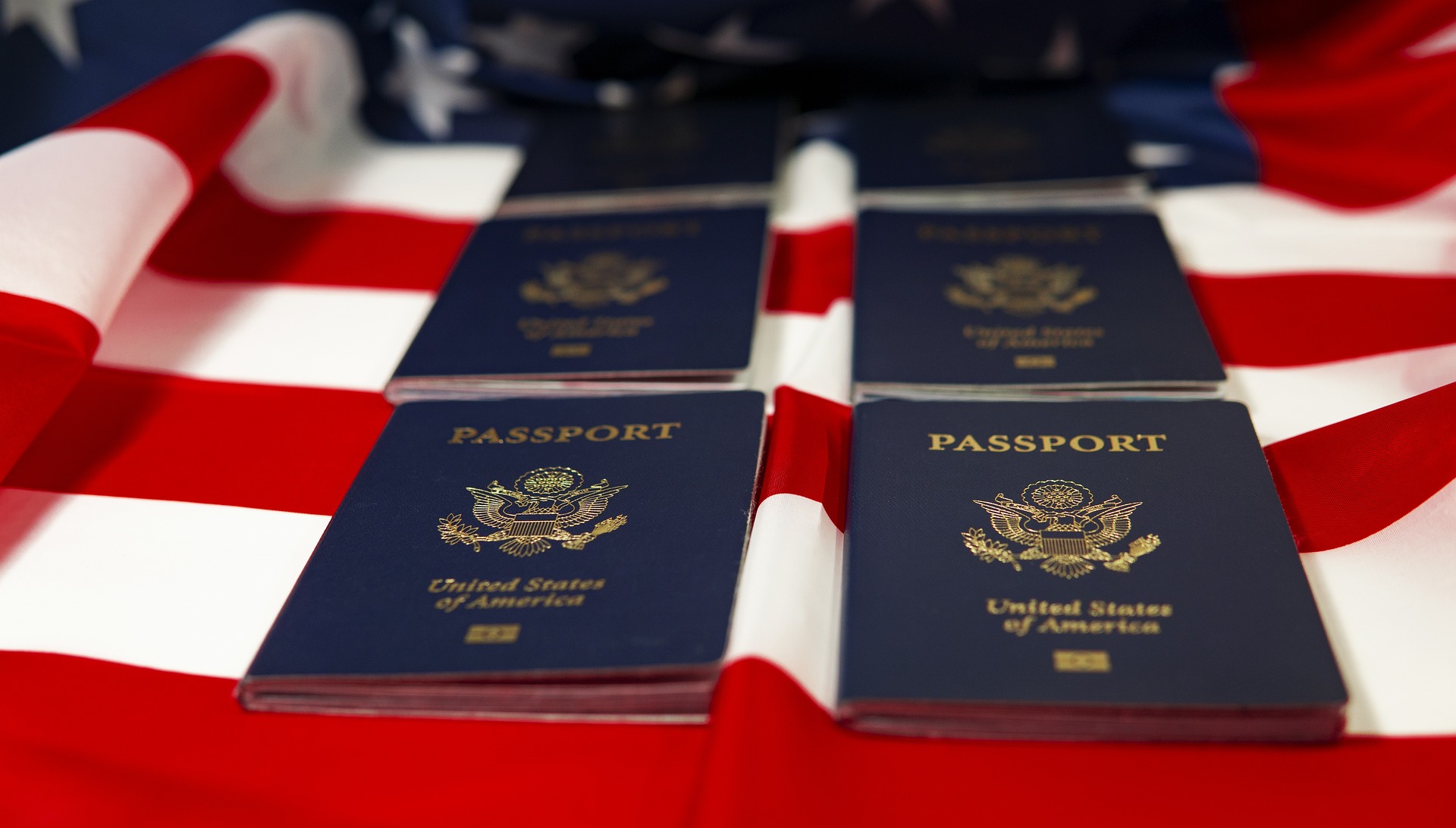

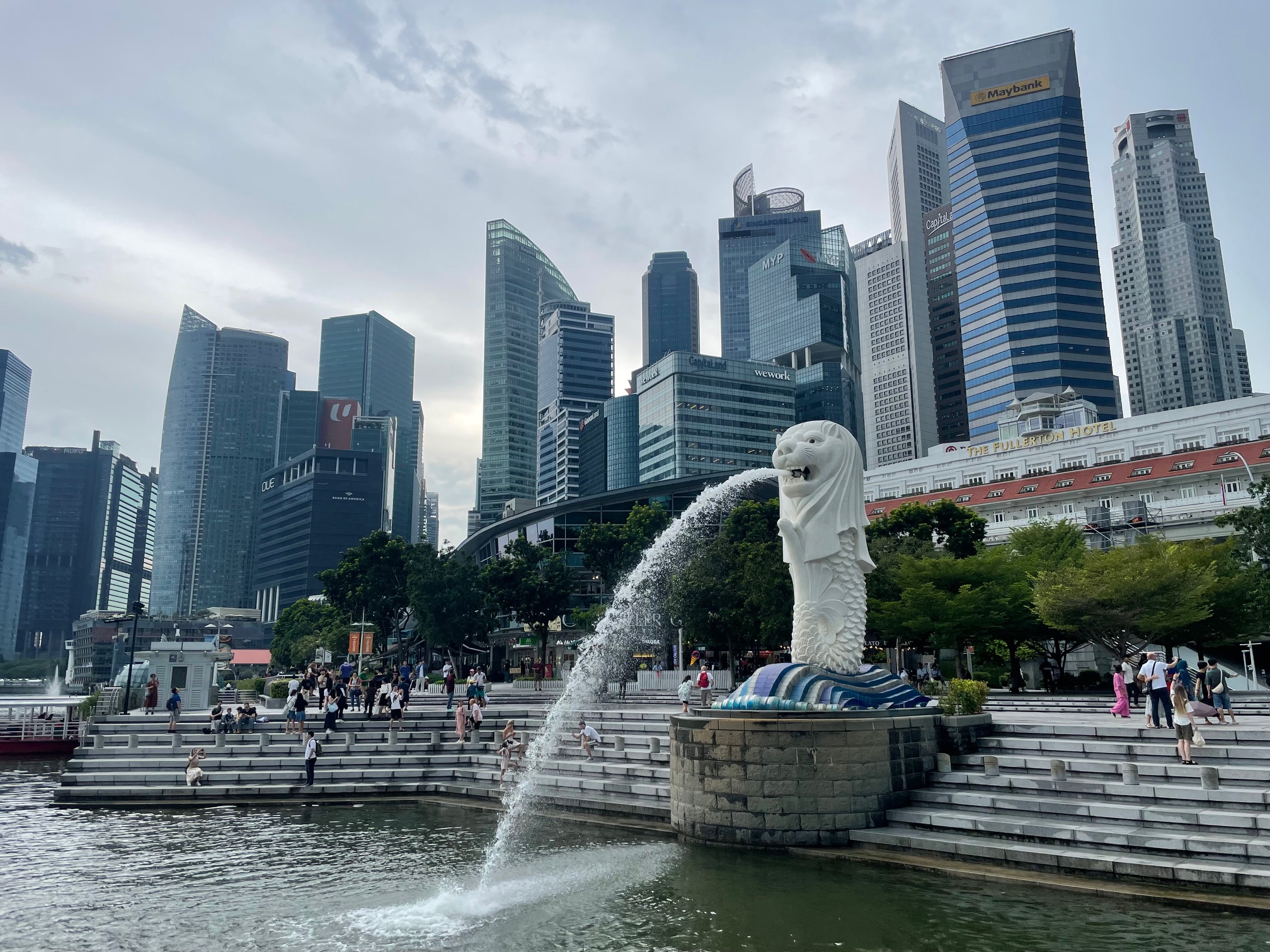
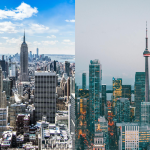




Leave a Reply